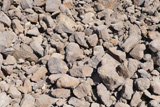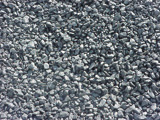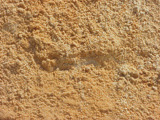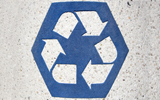Crushed Stone and Manufactured Sand
These products are obtained by mining rock and breaking it down to a preferred size. In the case of manufactured sand, the product is obtained by crushing rock to the selected shape or texture, ensuring product and project specifications are met. Sources of crushed stone can be igneous, sedimentary, or metamorphic.




